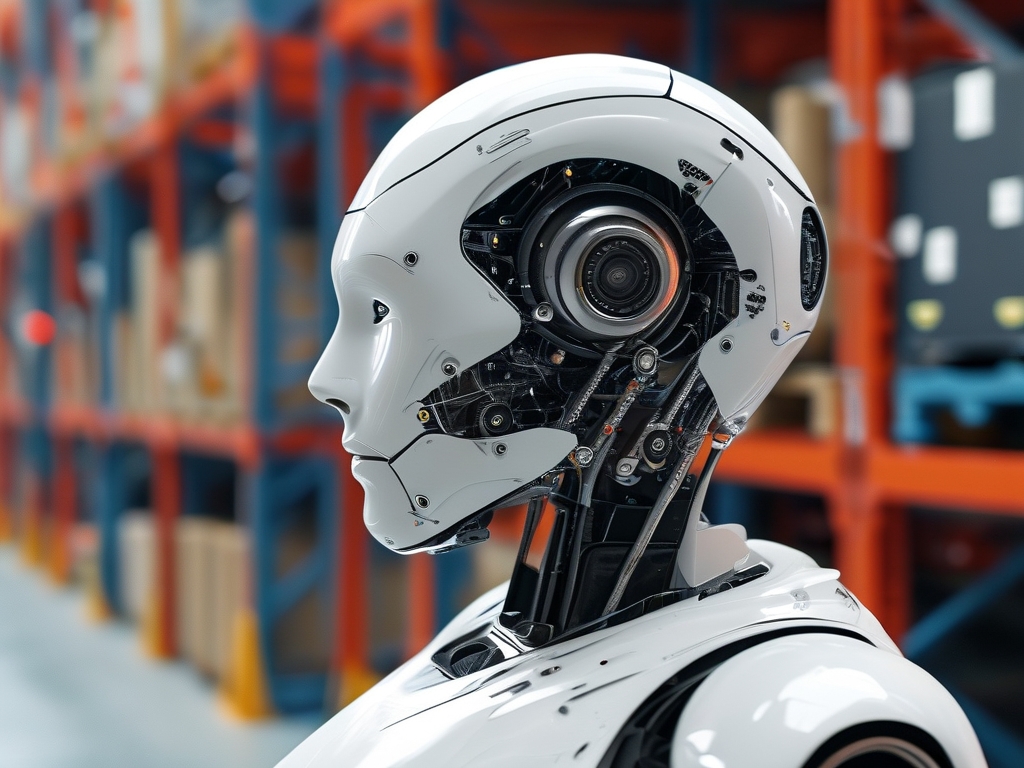The rapid evolution of artificial intelligence (AI) has necessitated efficient deployment pipelines to bridge the gap between development and production. Automating AI project deployment not only accelerates time-to-market but also minimizes human error, ensuring consistent performance across environments. This article explores practical approaches, tools, and best practices for implementing automated deployment workflows tailored to AI-driven projects.

The Need for Automation in AI Deployment
AI models, unlike traditional software, require specialized infrastructure for training, testing, and serving predictions. Manual deployment processes often struggle with dependencies, version conflicts, and scalability challenges. For instance, a deep learning model trained on GPU clusters may fail to perform in a CPU-only production environment due to library mismatches. Automation addresses these issues by standardizing environments, managing dependencies, and enabling seamless scaling.
A 2023 survey by Gartner revealed that 68% of failed AI initiatives were linked to deployment bottlenecks, highlighting the critical role of automation in project success.
Core Components of an Automated AI Pipeline
- Version Control Integration
Tools like GitLab CI/CD or GitHub Actions can trigger deployment workflows when code changes are pushed to repositories. For AI projects, this includes model weights, preprocessing scripts, and environment configurations.
# Sample GitHub Actions workflow for model deployment
name: Deploy ML Model
on:
push:
branches: [ main ]
jobs:
deploy:
runs-on: ubuntu-latest
steps:
- uses: actions/checkout@v2
- name: Set up Python
uses: actions/setup-python@v2
with:
python-version: '3.9'
- name: Install dependencies
run: |
pip install -r requirements.txt
docker build -t ai-model:v1 .
- name: Deploy to Kubernetes
run: kubectl apply -f deployment.yaml
-
Containerization
Docker remains a cornerstone for packaging AI applications, ensuring consistency across development and production. Kubernetes further enhances this by orchestrating containerized models at scale. -
Configuration Management
Tools like Ansible or Terraform automate infrastructure provisioning, while MLflow or Weights & Biases handle experiment tracking and model versioning.
Overcoming AI-Specific Deployment Challenges
AI models introduce unique complexities such as large binary assets and hardware dependencies. Strategies include:
- Progressive Rollouts: Deploying models to a subset of users initially using canary releases
- A/B Testing Frameworks: Comparing model versions in real-world scenarios
- Hardware Abstraction: Using tools like NVIDIA Triton Inference Server to optimize models for diverse hardware
A case study from a fintech company showed that automating their fraud detection model deployment reduced rollout time from 14 hours to 23 minutes while improving system uptime by 40%.
Security Considerations
Automation introduces new attack surfaces that demand rigorous safeguards:
- Secret management with Vault or AWS Secrets Manager
- SBOM (Software Bill of Materials) generation for compliance
- Model signing and cryptographic verification
Future Trends
Emerging solutions like GitOps for machine learning (MLOps 2.0) and serverless AI platforms are redefining deployment paradigms. The integration of LLM-based quality gates that automatically validate model outputs against business rules represents the next frontier in deployment automation.
Automating AI project deployment is no longer optional in competitive environments. By combining robust toolchains with AI-aware practices, organizations can achieve reliable, scalable, and auditable deployment processes. As AI systems grow in complexity, the implementation of intelligent automation pipelines will increasingly separate industry leaders from laggards.








